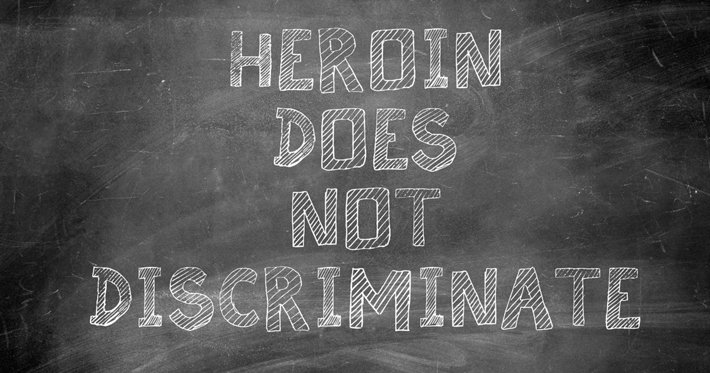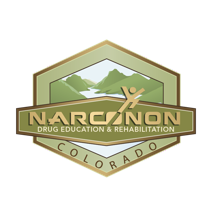Drug Abuse in the Suburbs

Substance abuse is an epidemic that has spread far and wide. Drug addiction crosses cultural and racial boundaries—one’s political and religious beliefs are irrelevant. Drug addiction can strike any man or woman from any region at any time. This is not a white or black problem nor is it a poor problem, addiction is a human problem and it is time it is viewed in that light. It was long believed that drug addiction was a poor urban problem. It has only been within the last thirty years that the United States has begun to realize that addiction has infested the middle class and won’t be leaving anytime soon.
Drug addiction and the addicts who use drugs in a suburban environment have created and maintain their own individual set of cultural norms and beliefs outside of the rest of the community. Suburban drug addicts vary from other cultural groups as they are spread out throughout our country and do not reside in one specific region. This is not a group of morals and rules, this is not a group with high standards, it is, however, a group of acceptance. One does not need to be smart, kind, brave or handsome to join—they must simply participate and use drugs.
According to an anthropological study done on addiction and sociality in the United States specifically focusing on meth abusers in the suburbs of Georgia, many individuals turned to addiction not out of a desire to use drugs but rather out of a desire for acceptance and belonging. For a socially-isolated individual, the price of using drugs may be well worth the acceptance gained through drug use. According to the authors, drug use can provide individuals with social acceptance and peer interaction that they were otherwise unable to have or maintain. One individual from the study recalled that when he moved from one town to another the only place he consistently found acceptance was amongst drug users.
To gain acceptance the only requirement is the use drugs and a heavy desire to continue to use drugs. Those that cease their drug use are shunned immediately and those that never use drugs are not permitted to join. The drug-addicted seek to create an environment that validates their drug use and does not attempt to hinder it in any way shape or form. The only common threads across the board when it comes to addicts in the suburbs is that they have a measurable level of financial resources and a strong desire to remain under the influence.

Sexuality, race, gender, and religion all become unimportant or secondary to drug users. According to the study done on addiction and sociality, initiation into this group occurs in familiar social environments with first exposure most commonly coming from friends, family and those close to the individual. “These networks of friends that are consistently using drugs together provide the culture and norms that are conducive to continued drug use. Initiation of methamphetamine tended to either establish drug-using networks or strengthen networks that are already set in place.”
Strong correlations have been shown between early drug use and criminal behavior. Those who regularly use drugs and alcohol are far more likely to break the law. Those who come from the middle class are also significantly more likely to begin their alcohol and substance abuse at an earlier age which has been linked to later age drinking, substance abuse, and crime. Again, this is not a group with high moral standards but rather a group with a single goal and objective of continuing to use and abuse drugs and alcohol.
The begging stages of substance abuse are heightened and group interaction with others who abuse drugs and alcohol grow exponentially when parents are accepting of the behavior. Studies on the parental supply of alcohol show that when a parent is supplying alcohol or encouraging alcohol use, the likelihood of developing a substance abuse problem is far greater than when the encouragement comes from one’s peers.
The common belief by many in the mental health field is that the shelter of suburban life is a breeding ground for drug users. Young men and women do not have to view the daily struggles of the drug-addicted walking the streets in the city and are thus naïve to the consequences of experimenting with drugs such as heroin. According to a study done comparing teens of Long Island to teens in New York City, 2% of teens in Long Island had used heroin in the last thirty days while only 0.9% of teens in New York City had used heroin in the last thirty days. (Rosenker, 2002, p.3).
This is a group that is growing and doesn’t appear to be slowing down anytime soon. Studies that were done by Brown University show doubling rates of opioid use disorders from 1992 and 2012, with the numbers rising every day. (”Opioid Treatment”, 2017, p.1).
References
- Boshears, P., Boeri, M., & Harbry, L. (2011). Addiction and sociality: Perspectives from methamphetamine users in suburban USA. Addiction Research & Theory,19(4), 289-301. doi:10.3109/16066359.2011.566654
- Chan, G. C., Leung, J., Connor, J., Hall, W., & Kelly, A. B. (2017). Parental supply of alcohol and adolescent drinking: a multilevel analysis of nationally representative data. BMC Public Health,17(1). doi:10.1186/s12889-017-4472-8
- Mason, W. A., Hitch, J. E., Kosterman, R., Mccarty, C. A., Herrenkohl, T. I., & Hawkins, J. D. (2010). Growth in adolescent delinquency and alcohol use in relation to young adult crime, alcohol use disorders, and risky sex: a comparison of youth from low- versus middle-income backgrounds. Journal of Child Psychology and Psychiatry,51(12), 1377-1385. doi:10.1111/j.1469-7610.2010.02292.x
- Medicaid problem: Youth with severe opioid use disorder not treated appropriately. (2017). The Brown University Child & Adolescent Psychopharmacology Update,19(8), 1-7. doi:10.1002/cpu.30232
- Rosenker, D. C. (2002). Heroin reaches the well-to-do adolescent population. PsycEXTRA Dataset. doi:10.1037/e494602004-001


